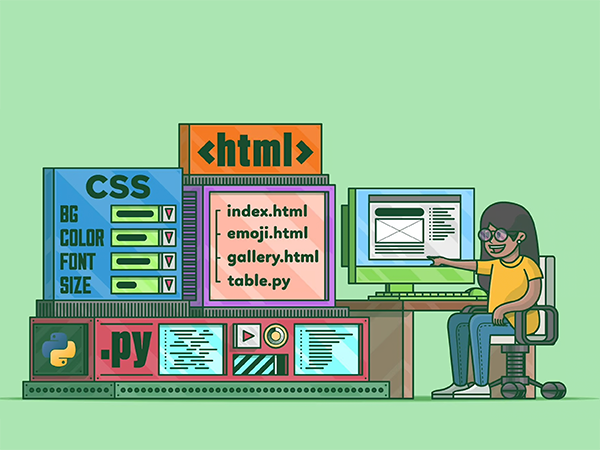Responsive Design: Adapt to Any Screen
Last updated Saturday, 20/07/2024 03:15 by Lioniel Richard
Learn what responsive design is and why it's crucial in today's mobile-first world. Discover how websites adjust seamlessly to different screen sizes, enhancing user experience and boosting SEO.
Table Of Content:
Responsive Design: A Cornerstone of Modern Web Development

In an era dominated by smartphones, tablets, and various other devices, responsive design has become less of a luxury and more of a necessity. Simply put, it's the practice of building websites that adapt gracefully to any screen size, providing optimal viewing and interaction regardless of the device used.
Why is Responsive Design Important?
- Enhanced User Experience: A responsive website automatically adjusts its layout, text size, and images to fit the user's screen, eliminating the need for awkward zooming and scrolling. This seamless experience keeps visitors engaged and less likely to bounce.
- Improved SEO Performance: Search engines like Google prioritize mobile-friendly websites. Responsive design is a key factor in achieving this, leading to higher rankings and increased organic traffic.
- Cost-Effectiveness: Maintaining a single responsive website is significantly more efficient than building and managing separate desktop and mobile versions.
- Future-Proofing: As new devices with varying screen sizes emerge, a responsive website remains adaptable, ensuring long-term viability.
How Does Responsive Design Work?
Responsive design relies on three core elements of web development:
- Fluid Grids: Instead of fixed-width layouts, responsive designs utilize flexible grids that adjust proportionally to the screen size, ensuring elements flow naturally.
- Flexible Images: Images are coded to resize dynamically, preventing overflow or excessive white space on smaller screens.
- Media Queries: CSS media queries are powerful rules that apply different styles based on the device's screen size, orientation, and resolution, enabling customized layouts for different devices.
Beyond the Basics
While the core principles remain constant, responsive design is an evolving field. Modern approaches incorporate techniques like:
- Mobile-First Design: Starting the design process with the smallest screen size and progressively enhancing for larger screens ensures an optimal mobile experience.
- Content Prioritization: Identifying and prioritizing essential content for different devices ensures users see the most relevant information first.
By embracing responsive design principles, businesses and developers can create user-friendly, search engine-optimized websites that cater to a diverse audience in today's multi-device world.
Published: 15 July 2024 03:53
















